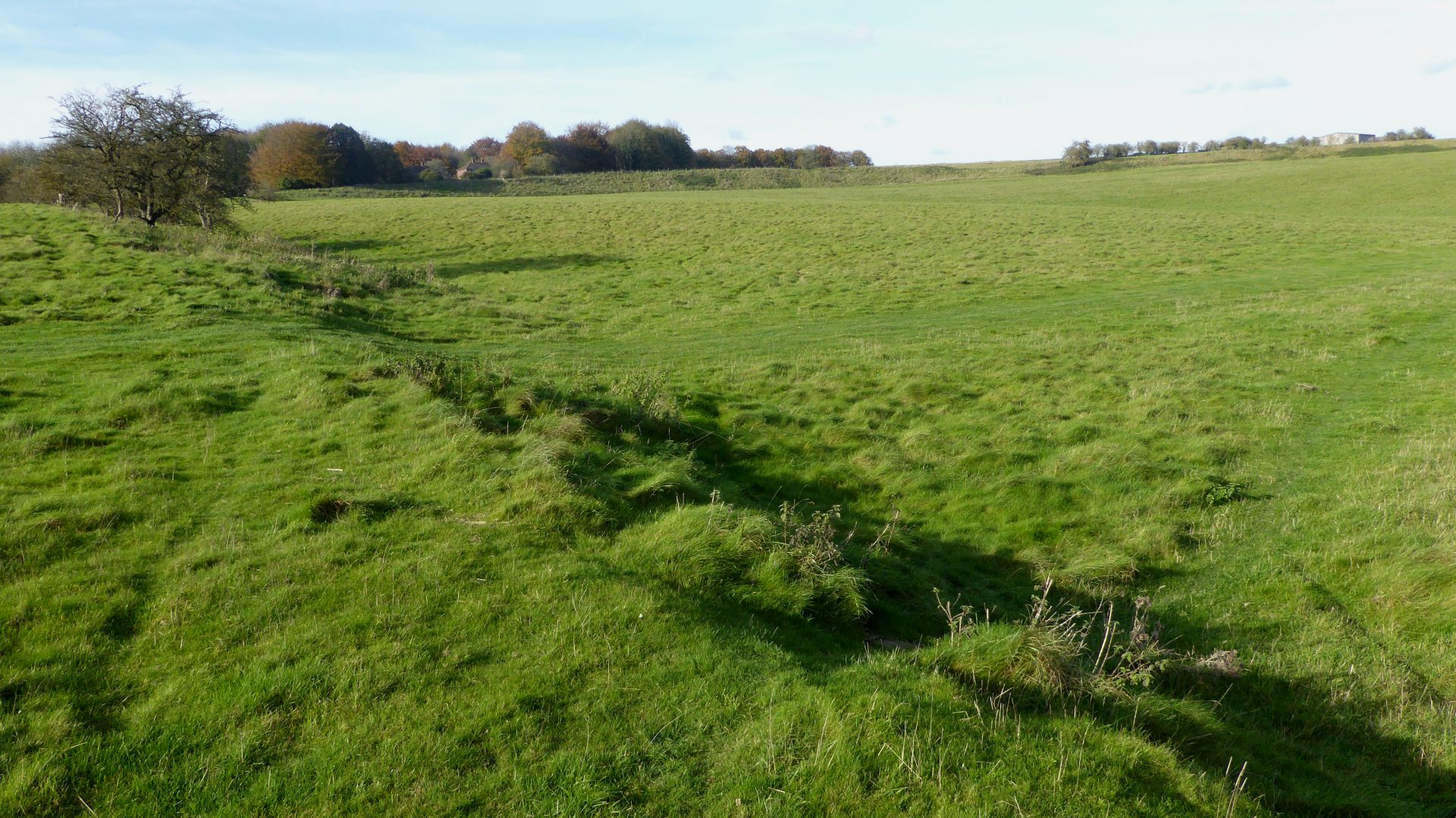Archaeologists in the UK have found a 1.2-mile-wide ring of pits near Stonehenge, marking yet another major discovery near the prehistoric monument. The pits have been carbon dated to about 2500 BCE, and will undoubtedly give new insights into the mysterious burial site that is Stonehenge and into, as the archeologists say, “the lives and beliefs of our Neolithic ancestors.”
Gizmodo reported on the discovery, which was made by a consortium of archaeologists in the UK. The consortium, led by Vince Gaffney, the Chair of the School of Archaeological and Forensic Sciences at the University of Bradford, outlined their findings in a study recently published in the journal, Internet Archaeology.
The discovery of the ring of pits was made roughly two miles northeast of Stonehenge, near the town of Amesbury in Wiltshire. Each pit, which is about 33 feet in diameter and 16 feet deep, encircles the Durrington Walls. The Durrington Walls make up the site of a large Neolithic settlement that later became another henge enclosure.
ICYMI: New #openaccess in Internet Archaeology 55
— Internet Archaeology (@IntarchEditor) June 22, 2020
👉https://t.co/qiVsFrZMwL
A Massive, Late Neolithic Pit Structure associated with Durrington Walls Henge #DurringtonPits pic.twitter.com/OBCtCM7xPh
“As the place where the builders of Stonehenge lived and feasted Durrington Walls is key to unlocking the story of the wider Stonehenge landscape,” Dr. Nick Snashalland, an archeologist working for the Stonehenge and Avebury World Heritage site, said in a University of Bradford press release. She added that “this astonishing discovery offers us new insights into the lives and beliefs of our Neolithic ancestors.”

Ethan Doyle White
Gaffney et al. believe that the ring of pits—some of which are shown in the bottom picture—were used to mark a boundary line around the Durrington Walls. The archaeologists think this boundary line would’ve guided some people toward religious sites around Durrington Walls, while also warning others not to pass. (Note that the Durrington “walls,” shown immediately below, are, at this point, only eroded remains of the inner slope of the bank and the outer slope of the ditch surrounding a settlement that may have originally been home to up to 1,000 houses and 4,000 people.)
“When these pits were first noted it was thought they might be natural features – solution hollows in the chalk,” Gaffney said in the Bradford press release. He added that it was only when he and his team applied “cutting-edge, archaeological fieldwork with good old-fashioned detective work” that the ring was finally identified as human-made.
Moving forward, Gaffney and the other archeologists involved in the project are aiming to “write a whole new chapter in the story of the Stonehenge landscape.” Although, The Guardian points out that the planned $1.8 billion Stonehenge road tunnel, which will undergo construction beginning in 2021, may interfere with that goal.
Feature image: Vincent Gaffney, et al. / University of Bradford